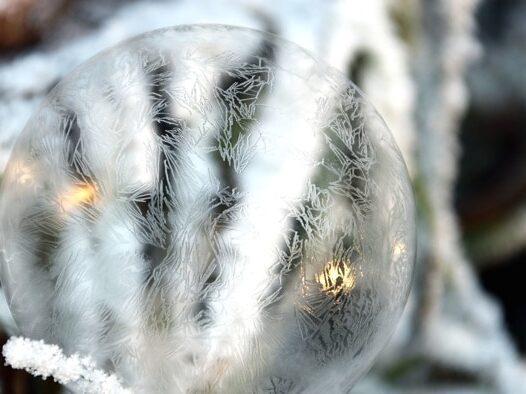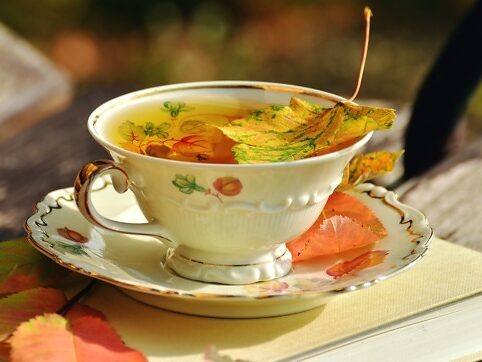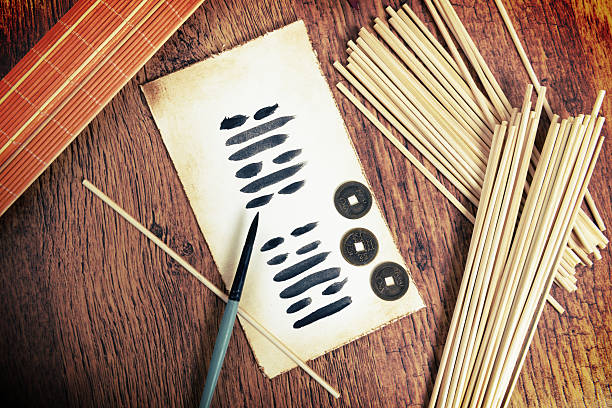About Fortune Telling
Fortune-telling or divination is an ancient practice with many forms. While the most popular form of contemporary fortune telling, Tarot readings, has a rather current origin, humans have used tools of divination to look into the future since beginning of time.
In ancient Greece, for example, one of the highest authorities on the future was the Oracle at Delphi, or Pythia. The Oracle was not a specific person, but rather a series of women belonging to the Phoeban church through whom the god Apollo would speak, often in riddles and symbols, of the future. It was considered a wise and prudent choice for ancient Greek leaders and military commanders to consult with the Oracle before departing on journeys or launching military campaigns.
In Roman cultures, a practice known as Haruspex was used to tell the future. In this form, an animal would be sacrificed to one of the gods, and its entrails and organs used to determine the will and intention of the gods.
Fortune telling, even in ancient history, appears in many different cultural traditions. The ancient Chinese developed their own system of fortune telling called “I Ching” or “Book of Changes”. It involved tossing coins or using yarrow stalks to generate hexagrams, which were then interpreted to provide guidance and insight into the future.
Throughout history, the practice of fortune-telling has been popularly associated with soothsayers, wise women, and midwives – populations often referred to as “witches” by their contemporaries for their uncanny ability to perceive what others could not. Often, these women were merely herbal healers or philosophers in their own right whose wisdom was misunderstood as witchcraft. Whatever the case, the association between divination and the occult has persisted to this day.
Tarot reading holds pride of place as the most popular and universally understood forms of fortune telling. Tarot cards are readily available and their heavy use of symbology makes their meaning easy to interpret, both as a reader and a subject. The Tarot deck is divided into five sections: The Major Arcana and the Minor Arcana, which is divided into Suites of Cups, Wands, Swords, and Pentacles. Each card has a combination of symbols, figures, and settings which a Tarot Reader interprets by laying them out in a specific arrangement, or “spread”. The reader may choose to do a simple three-card spread (the past, the present, and the future), or something as complex as the Celtic cross, a nine-card arrangement with spaces for vices, virtues, house, and family, along with others.
Another popular contemporary form of fortune telling is the reading of tea leaves. In this form, a cup of loose-leaf tea is brewed and consumed by the querent while considering or discussing what they would like to understand through the reading. After they have finished, the dregs of the tea remain in the cup and form shapes and symbols which the reader interprets in reference to one another and to the querents’ current situation.
Today, fortune tellers are working independently, as hobbyists, and with agencies like us to bring their talents and Tarot decks to inquiring minds around the world. If you find yourself curious about what the future holds, consider booking a fortune teller for your next event!
Fortune-telling has been practiced for untold millennia. People have always yearned to know what the future has in store for us. Who doesn’t want a glimpse — even if only for a few moments — of the cosmic plan to see if our destiny lies in riches?







